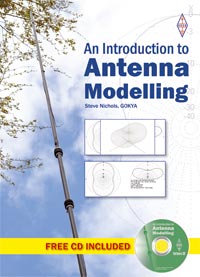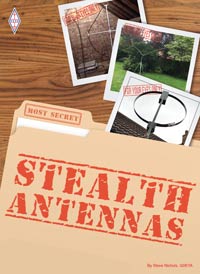These have been created using the latest smoothed sunspot numbers from NOAA in the US and HAMCAP.
October was a fantastic month for 10m propagation with most of the world being workable at times. Early November saw a dip in the solar flux index, which manifested itself as poorer conditions overall.
But the flux has been climbing steadily over the past few days and is back in the 130s again so 10m is opening up nicely.
We just have to worry about solar flares and coronal mass ejections, which could be a fly in the ointment. Solar flares can bring short-lived D layer absorption, while coronal mass ejections, if earth facing, can bring about depletion of the F layer for many days.
Look out for a high solar flux index (>120) and a low K index (0 or 1) at www.solarcycle24.com for the best HF conditions.
The low bands are also coming into their own with the extended periods of darkness in the northern hemisphere.
Keep an eye on 80m – there will be good openings on 80m, and 40m has been open to parts of the US way past sunrise over the last week.
December should be a good month for the low bands, including Top Band (160m) although probably not as good as we have seen a few years ago around solar minimum.
The November propagation chart can be found at: www.infotechcomms.co.uk/propcharts/november/
A link to all of the charts can be found top right.



















